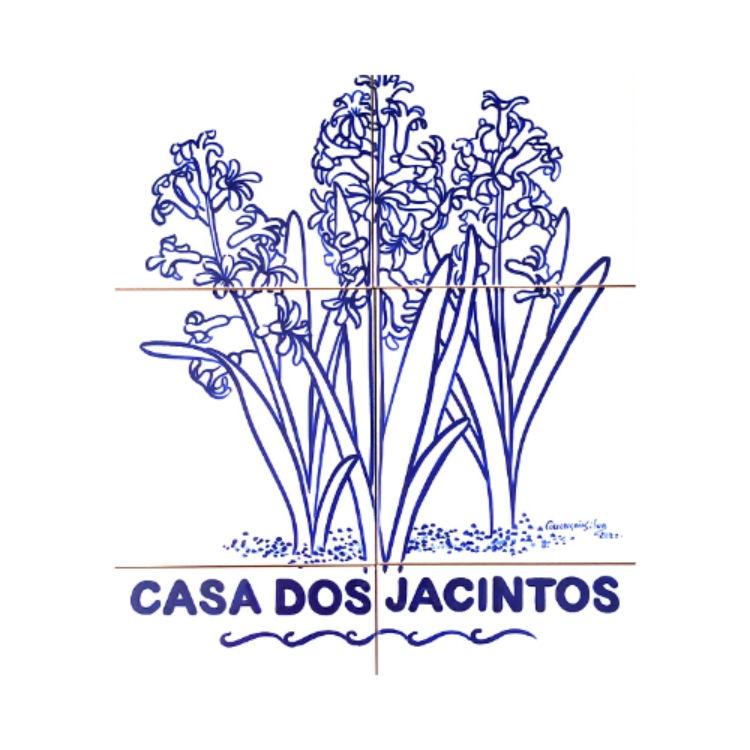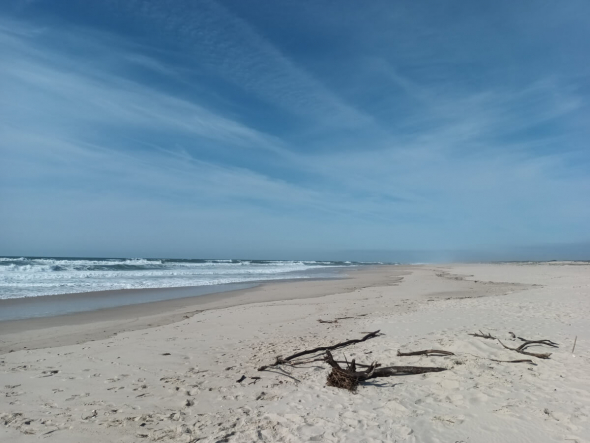The zero-emission ferry, named "Salicórnia", enables local residents and visitors to set over to and from São Jacinto within minutes from downtown Aveiro and the neighboring communities while reducing their carbon footprint. The new electric vessel can transport 260 passengers and 19 vehicles.
This means a substantial increase in capacity compared to the old ferry, which was propelled by fossil fuel (diesel). The change to electric power is expected to eliminate about 300 tons of carbon dioxide emissions from the atmosphere annually. Low noise levels and a 360º panoramic view from the top deck allow passengers to enjoy a quiet ride and unique sights of the Ria Aveiro and São Jacinto.
Electric ferry "made in Portugal"
Salicórnia was designed and built entirely in Portugal by national companies. This undertaking significantly advances the country's maritime transport infrastructure, emphasizing sustainability and innovation. Local community leaders, environmentalists, and proponents of sustainable tourism have hailed Salicórnia as a pioneering project on the Iberian Peninsula.

to sustainable transport and tourism in the Aveiro region. Photo: Casa dos Jacintos
To ensure a smooth transition, the old car ferry “Cale de Aveiro” will serve as a backup vessel during the first months of the new boat's operation. Aveiro's modernization of the Forte da Barra - São Jacinto ferry connection represents an investment of more than €9 million, including the charging stations. It aims to reduce the environmental impact in the maritime sector while strengthening Aveiro's position as a premier destination for eco-tourism in Europe.
Salicórnia was built by the ETE Group, owner of the Navaltagus shipyard in Seixal. The new ferry was financed by Aveiro and co-financed by various entities, including POSEUR, Portugal 2020, and the European Union through the Cohesion Fund.
Salicórnia: What's in a (ferry's) name?
The vessel's name was chosen for its symbolic value. It speaks to the sense of place, grit, and ingenuity that the Aveirenses (Portuguese for "people of the Aveiro region") have historically shown in the face of adversity.

São Jacinto. Photo: Casa dos Jacintos
So what does "Salicórnia" actually mean? Aveiro named its innovative vessel after a plant species, the "Salicórnia Perennis" (glasswort). Salicórnia is a halophyte that thrives in saline environments such as salt marshes. The plant plays a crucial ecological role in the Aveiro lagoon with its extensive salt marshes, contributing to the area's overall environmental diversity and balance.
Like the people of Aveiro, who trace their roots back more than 3,000 years to Phoenician seafarers, the plant is known for its resilience and adaptability.
Bookmark for your trip: Forte da Barra - São Jacinto - Forte da Barra Ferry Schedule
Alex writes about tech, business, and travel.

 Casa dos Jacintos">
Casa dos Jacintos">





